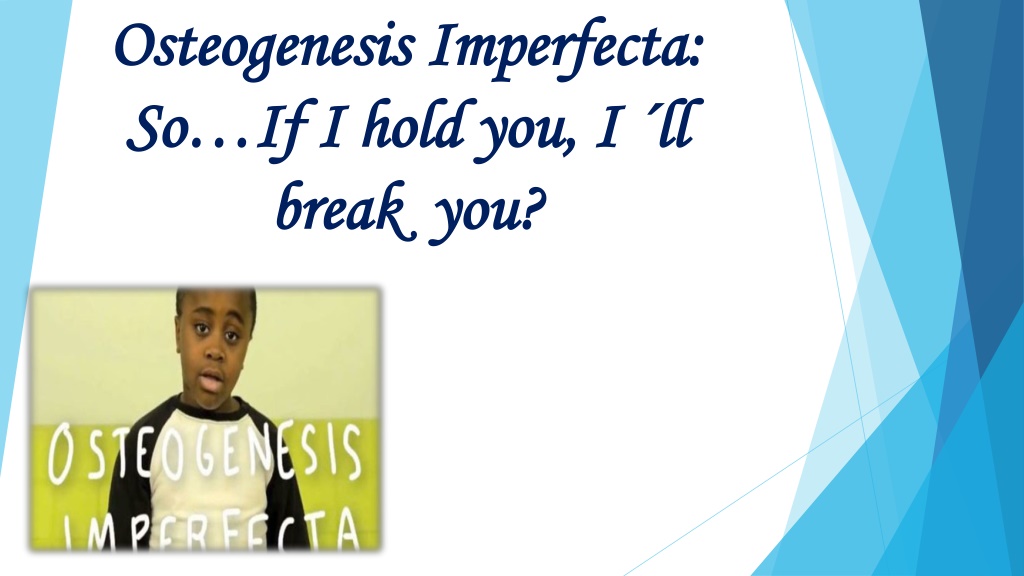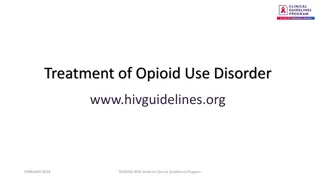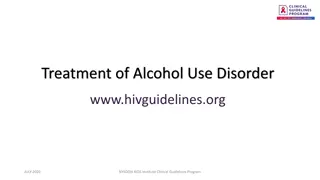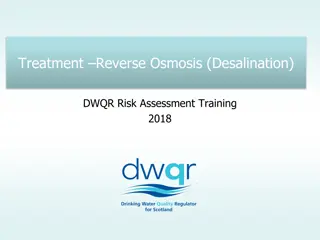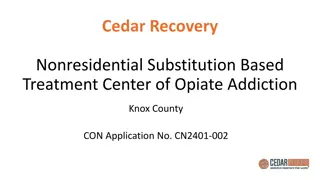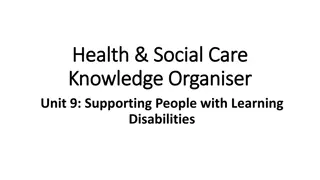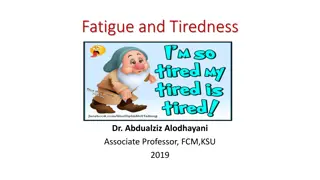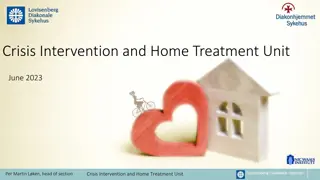Understanding Osteogenesis Imperfecta: Causes, Types, and Treatment
Osteogenesis Imperfecta is a genetic disorder affecting bones, with various types ranging from mild to severe. It is caused by mutations in specific genes and is characterized by bone fragility, fractures, and other skeletal deformities. Diagnosis involves clinical and genetic tests. Management includes supportive care with a focus on pharmacological and orthopedic rehabilitative treatments as there is no cure for the condition.
Download Presentation

Please find below an Image/Link to download the presentation.
The content on the website is provided AS IS for your information and personal use only. It may not be sold, licensed, or shared on other websites without obtaining consent from the author. Download presentation by click this link. If you encounter any issues during the download, it is possible that the publisher has removed the file from their server.
E N D
Presentation Transcript
Osteogenesis Osteogenesis Imperfecta: So So If If I I hold hold you break break you Imperfecta: you, I , I ll ll you? ?
Osteogenesis Osteogenesis Imperfecta Imperfecta Is a group of genetic disorders that mainly affect the bones
Frecuency Frecuency This condition affects an This condition affects an estimated 6 to 7 per 100,000 estimated 6 to 7 per 100,000 people worldwide. people worldwide.
Causes Mutations in the Mutations in the COL1A1, COL1A2, COL1A1, COL1A2, CRTAP, CRTAP, and and P3H1 genes cause genes cause osteogenesis imperfecta imperfecta P3H1 osteogenesis
Types There are at least eight recognized forms osteogenesis imperfecta, of
Type I Osteogenesis Most common People who have type I disease generally reach normal height and have few obvious skeletal deformities Typically causes more fractures during childhood than in adulthood. Hearing loss is pronunced and begins early in childhood
Type II Osteogenesis Most severe form Exhibits extreme bone fragility and frequent fractures Blue sclera may be present
Type III Osteogenesis Is a severe and progressively deforming type Affected individuals suffer from multiple fractures that start from the initials years of their life
Type IV Osteogenesis Similar to Type I Life expectancy is close to normal or completely normal Sclera-normal
Diagnosis Clinical Genetic Tests X- Ray
Treatment Osteogenesis Imperfecta has no cure An integral tratment of the osteogenesis imperfecta should be susteined fundamentally in 3 pillars: pharmacollogical, orthopedic rehabilitative treatment
Conclusions Osteogenesis imperfecta (OI) is a group of genetic disorders that mainly affect the bones There are at least eight recognized forms, designated type I through type VIII. Types I and IV are the most common forms Type II is the most severe form
As curious fact. May 6 is the International Day of Osteogenesis Imperfecta
